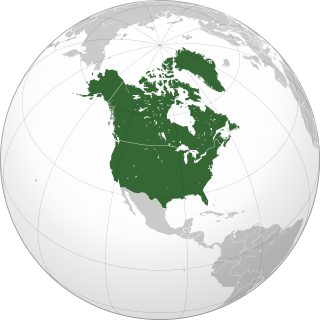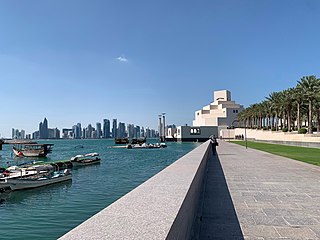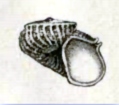Genus is a taxonomic rank used in the biological classification of living and fossil organisms as well as viruses. In the hierarchy of biological classification, genus comes above species and below family. In binomial nomenclature, the genus name forms the first part of the binomial species name for each species within the genus.

Herpetology is a branch of zoology which studies amphibians and reptiles. Birds, which are cladistically included within Reptilia, are traditionally excluded here; the separate scientific study of birds is the subject of ornithology.

Drupal is a free and open-source web content management system (CMS) written in PHP and distributed under the GNU General Public License. Drupal provides an open-source back-end framework for at least 14% of the top 10,000 websites worldwide and 1.2% of the top 10 million websites—ranging from personal blogs to corporate, political, and government sites. Systems also use Drupal for knowledge management and for business collaboration.

Northern America is the northernmost subregion of North America. The boundaries may be drawn slightly differently. In one definition, it lies directly north of Middle America. Northern America's land frontier with the rest of North America then coincides with the Mexico–United States border. Geopolitically, according to the United Nations' scheme of geographical regions and subregions, Northern America consists of Bermuda, Canada, Greenland, Saint Pierre and Miquelon and the United States.

The Museum of Islamic Art (MIA) is a museum on one end of the seven-kilometer-long (4.3 mi) Corniche in Doha, Qatar. As per the architect I. M. Pei's specifications, the museum is built on an island off an artificial projecting peninsula near the traditional dhow harbor. A purpose-built park surrounds the edifice on the eastern and southern facades while two bridges connect the southern front facade of the property with the main peninsula that holds the park. The western and northern facades are marked by the harbor showcasing the Qatari seafaring past. In September 2017, Qatar Museums appointed Julia Gonnella as new director of MIA.

Senegalia catechu is a deciduous, thorny tree which grows up to 15 m (50 ft) in height. The plant is called khair in Hindi, and kachu in Malay, hence the name was Latinized to "catechu" in Linnaean taxonomy, as the type-species from which the extracts cutch and catechu are derived. Common names for it include kher, catechu, cachou, cutchtree, black cutch, and black catechu.

Scolopendridae is a family of large centipedes.

The Alaska pollock or walleye pollock is a marine fish species of the cod genus Gadus and family Gadidae.

Alex Gorsky is an American businessman. He is the former chairman and chief executive officer of Johnson & Johnson. Gorsky stepped down as CEO of Johnson & Johnson in January 2022 and was succeeded by Joaquin Duato. He was the seventh person who served as the company's chairman and chief executive officer since it became a publicly traded company in 1944.
Phycisphaeraceae is a family of bacteria.

Jonathan Olivares is an American industrial designer and author. Olivares's approach to design has been characterized research-based and incremental. In April 2022 he became Senior Vice-President of Design at the Knoll furniture company.
The Opitutales is an order in the phylum Verrucomicrobiota.
Eriorhynchidae is a family in the order Trombidiformes described by Qin & Halliday, 1997. There have been observations along the East Coast of Australia.

Lepetellida is a taxonomic order of minute sea snails, marine gastropod mollusks or micromollusks in the subclass Vetigastropoda.









